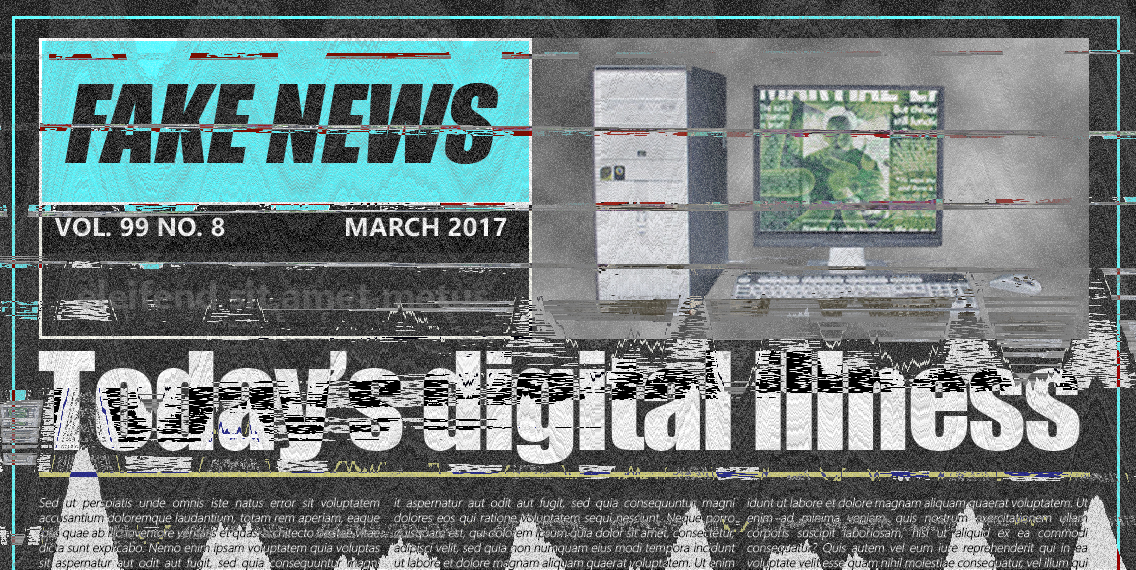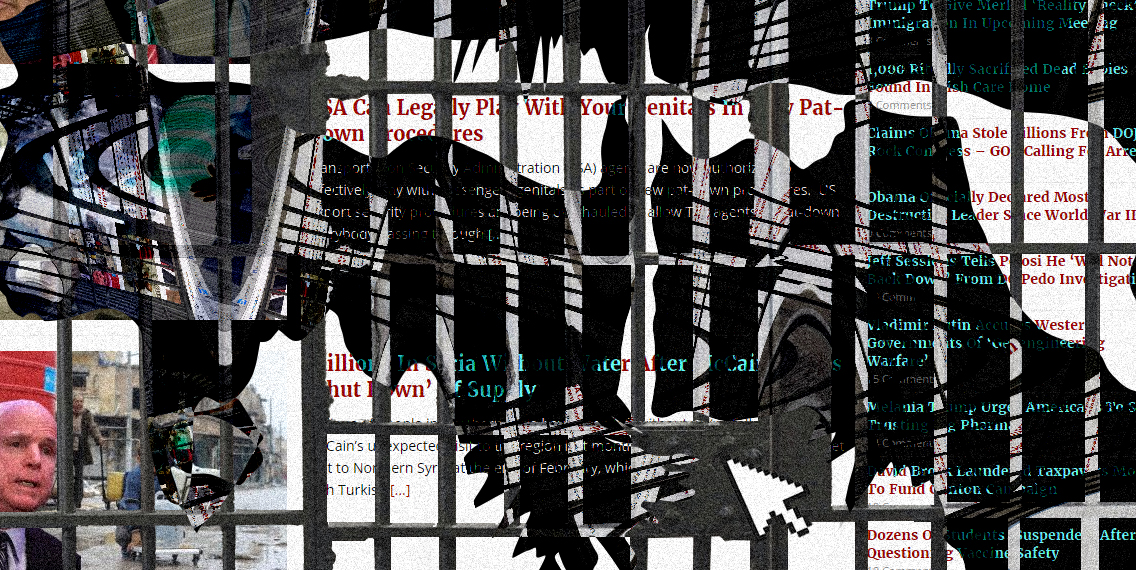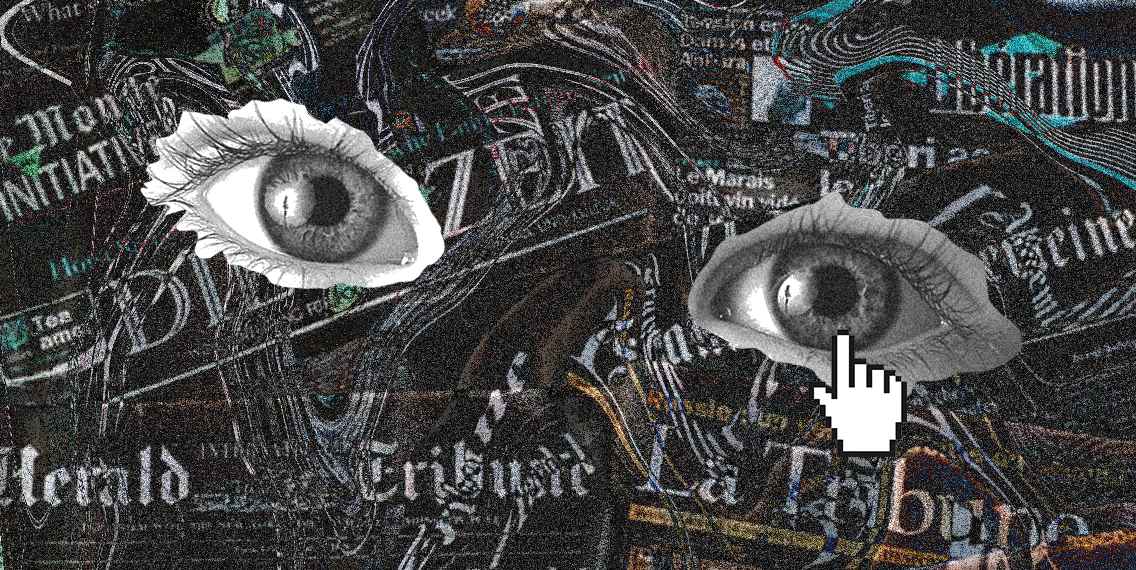When fools rush in

A public service announcement: an epidemic of fake news has spread throughout Facebook news feeds and Twitter timelines, producing symptoms of disturbingly false mentalities.
With a single click, information can reach millions of readers, but the catch is it’s the sheer volume of sensational lies that drone out honest information, causing the disease of “fake news” to grow more powerful each day—making the fight against ignorance even more challenging.

Deceiving shots
From the core of social media lives both real and fake accounts that purposely feeds reader’s misconceptions. With its heavy criticism, the goal of disinformation is not merely to provide wrong information or to promote a specific agenda, but in a heavier sense, to devalue the entire meaning of truth.
Beyond pushing agendas toward its goal, numerous propagandas are being used as a way to distract, confuse, and in most cases, supposedly “awaken” people’s awareness. One we’re most familiar with is the case of Mocha Uson’s Facebook page of which she’s accused of spreading fake news, half-truths, and head-scratching remarks to her over four million followers. As misinformation proliferates our timelines, people who aren’t well-informed of the dilemma of fake news are likely to trust anything they read.
As a matter of fact, fake news can be classified into three categories according to Amol Rajan, a media editor of BBC News. First is the false information that deliberately circulates lies for political causes and makes money out of its viral power. “The first kind spreads deceit and pollutes the well of civility on which strong societies must draw,” Rajan explained.
The second and the gravest act is the false information being circulated by journalists—or rather self-proclaimed ones—intentionally publishing sensationalized articles coupled with exaggerated headlines, often misleading the readers from the content of the article itself. The ulterior motive of this fake news is to draw the attention of the public, making it easier to spread lies and resulting to damaged trust in the media.
The third one is the type of fake news that isn’t really fake at all—it’s, simply put, the “reader’s choice.” This is the sort of news that people don’t like to acknowledge as the “truth” and just wish to silence. In this instance, it’s ourselves believing what we want to believe, which only numbs scrutiny and overlooks sources of information.
The magnetic pull of fake news is very strong to resist and can even constrain individuals who are weak enough to surrender to the misconceptions. Going through the process of steering clear all the lies comprising fake news requires our proper knowledge as a tool for awareness.

Propaganda overdose
We’ve probably heard common phrases during the elections like: “Fake news wouldn’t be a problem at all if people were only smarter” or “Readers are the ones responsible from distinguishing fake news from the real stuff.” Truth be told, the blame shouldn’t be put on the readers alone as fake news, in its hideous nature, can enter our minds no matter the barriers we build.
With the massive number of users Facebook holds, misinformation is rampantly extending everywhere. According to Giovanni Luca Ciampaglia who studies misinformation and the diffusion of viral memes on social media at the IU Network Science Institute, the point is not on how fake news reigns all over Facebook but the reach of its exposure to readers. “Facebook relies on the community to flag fake news, but to be flagged must first be shown to people,” Ciampaglia emphasized. The effortless ability of these websites to appear more credible and professional is by getting thousands of shares while accurate sources are being left out, making the spread of fake news much easier.
From a cognitive perspective, the takeaway of blaming readers for spreading fake news is somewhat equivalent to blaming a baby for getting itself dirty—they just can’t help it. Based on the study of psychologist Dannagal Young on the response of the human mind to political satire, the mental processing of satire news is far different compared to other types of information, as it involves the critical role of humor in the engagement of individuals. “So, things that you hear in the context of humor will be more on the top of your mind,” Young added. Since our brains have a finite capacity for processing information and for remembering, our minds can automatically make value judgments on what information to actually keep. The special flavor of humor in persuasion also involves sensational fake news. Lastly, once any satirical article is exposed to us, our working memory will already absorb it, and we can no longer take it out of our mind. But this doesn’t necessarily mean that we take it as truth.
With all sorts of exaggerations and errors from fake news articles being flagged online, it can become quite inevitable for us to avoid misleading facts. It may be a difficult battle to withstand, but as long as we remember that the truth will always be brought out, it’s not impossible to beat the dark force of fake news.

Combatting the disease
Social media nowadays seems to be polluted with various articles, and although it succeeds in reaching out many people, the number of likes and shares doesn’t necessarily make the news true. As misinformation persists, protecting ourselves and others by disseminating nothing but the truth can help push back fake news and prevent it from spreading.
In most cases, the overload of information can lead people to remove necessary facts and retain wrong information, making them more vulnerable to fake news. With this implication, they won’t spend much time verifying the news and just consider their source as a valid one. According to Garry Kasparov, a columnist from The Parallax, although our personal choice of sources is vital, it could also result in one’s decision on what truth to believe or throw out. He stresses that the central paradox of the Internet age today has become a card that can easily access a great deal of information that doesn’t really represent transparency and truth.
Beyond misinforming, fake news also has adverse effect to people as it triggers grave actions like killing—no joke—as fake news also plays a role in sensationalizing conspiracies and justifying people’s paranoia. It was in December of last year wherein an online conspiracy involving Hillary Clinton caused a man to fire a rifle at a pizzeria in Washington D.C, as published on the USA Today website. As the proliferation of conspiracies continues to spread online, it becomes more clear to us just how fake news has already reached its limit.
The trick here is to inform ourselves without letting misconceptions consume our minds. Since vested feelings and emotions can become a factor in substituting information and facts, critically analyzing our sources is of great help in preserving the truth—but we need to actually think critically in the first place.
The only effective vaccine against propaganda arising from political manipulation is none other than the truth. Our society’s overall immunity to the threats of fake news will increase as we absorb—and as much as possible—uphold the truth. Taking action toward raising awareness is one way of informing ourselves and everyone else of reality from fallacy—without having to feed our own ignorance in order to survive the vast world of fake news.
Graphic art by Camille Joy Gallardo





